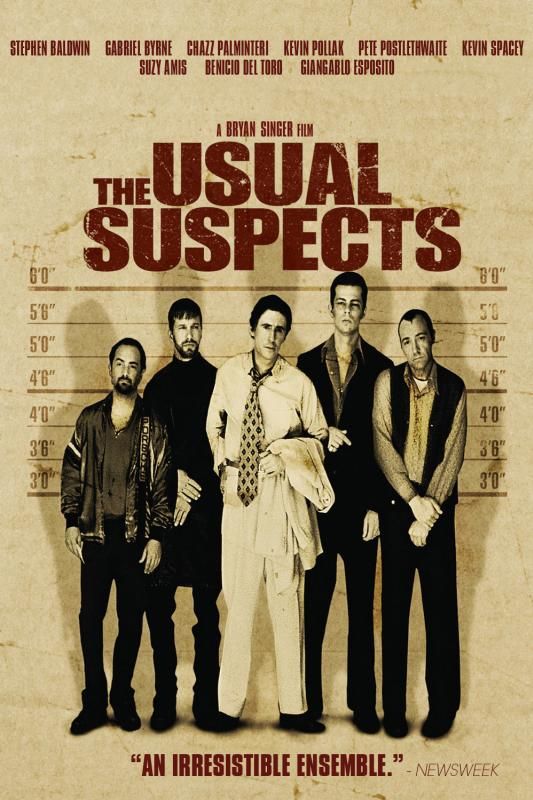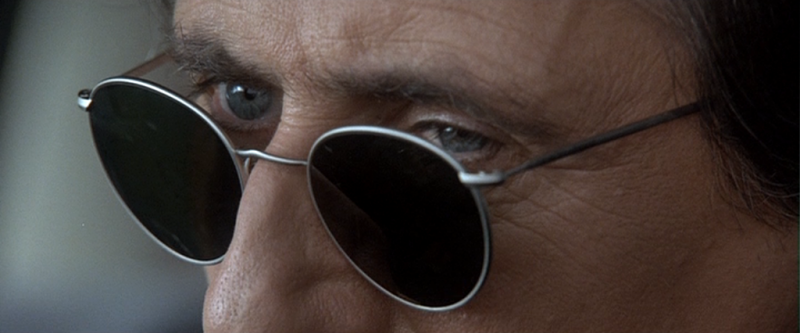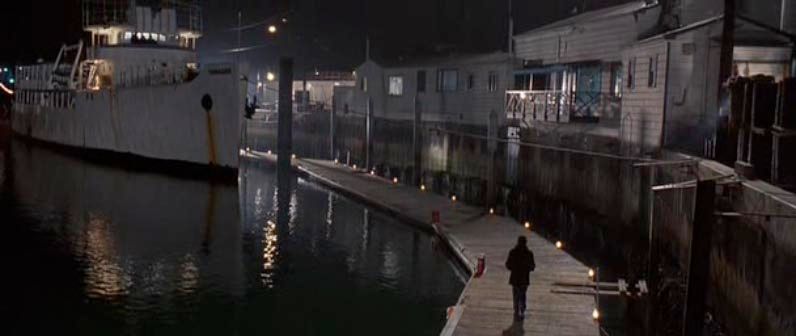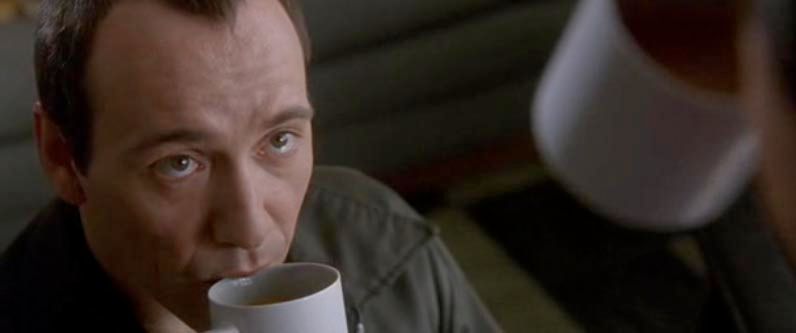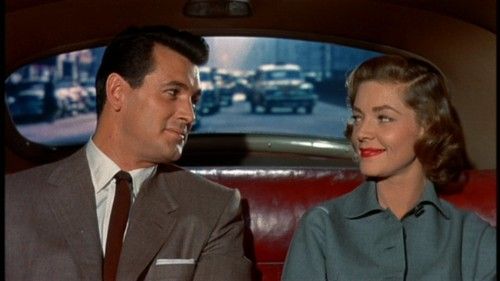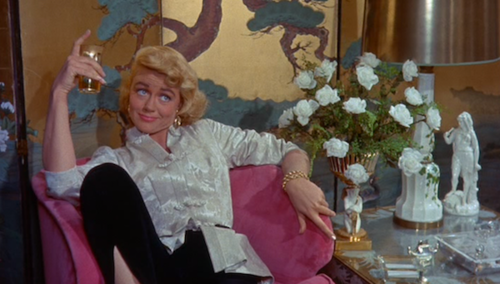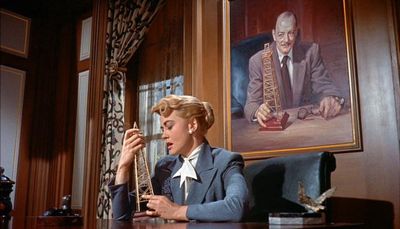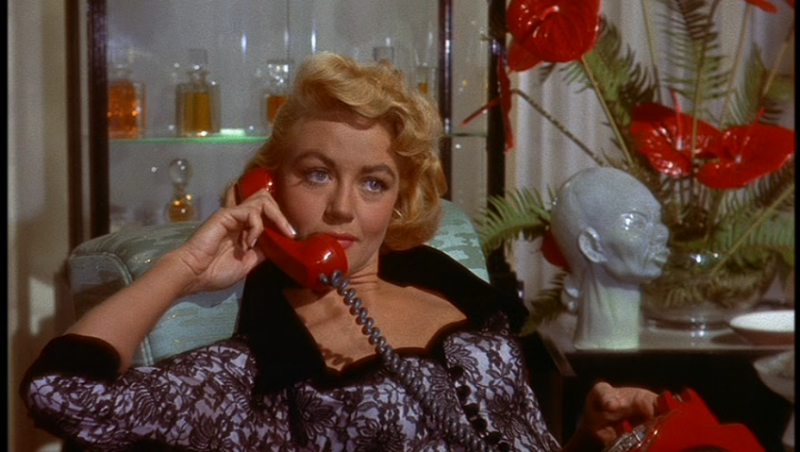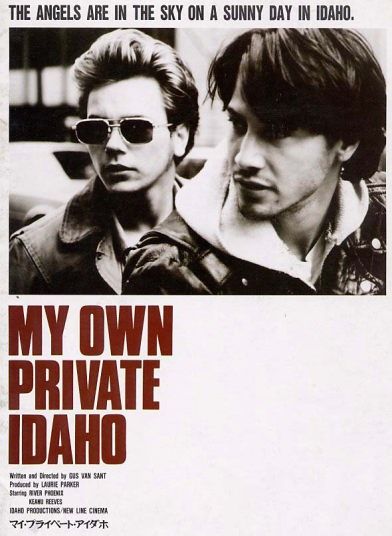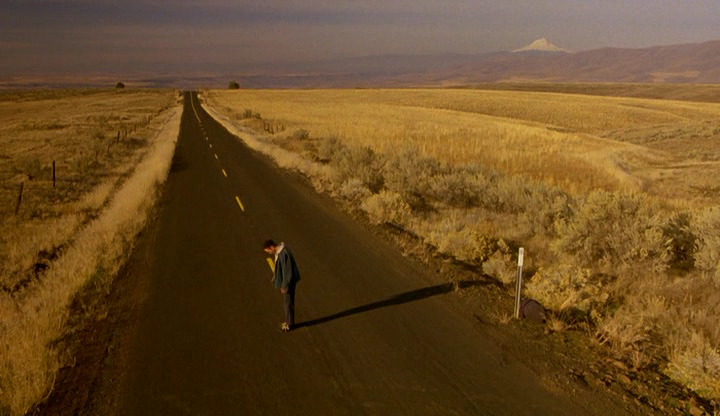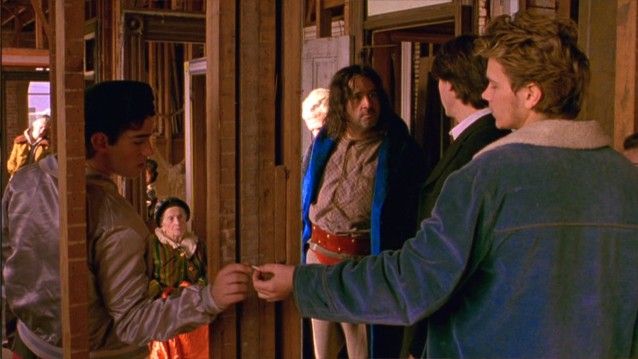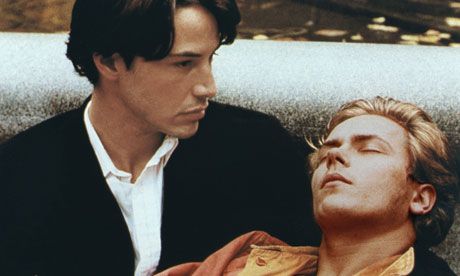The
Usual Suspects
1995
Director: Bryan Singer
Starring: Gabriel Byrne, Chazz
Palminteri, Kevin Spacey, Stephen Baldwin, Kevin Pollak
Right
around the fifteen year mark is when a film’s worth is most tested. Has it been remembered? Do people still watch it? Do people still talk about it? No matter how much money it made, no matter
how many awards it won, if, fifteen years later, it has been forgotten, the
worth of the film is made clear.
The
fact that we’re still watching The Usual Suspects, more so than
when it first came out, goes to show that it is just a crazy awesome film.
Customs
Agent Kujan (Palminteri) is investigating an explosion at a Los Angeles dock,
and there is only one witness, the crippled con man Verbal Kint (Spacey). Kint’s testimony to Kujan has him telling the
agent about the criminal gang run by Dean Keaton (Byrne) getting mixed up with
the mysterious and deadly evil criminal mastermind Keyser Soze. Soze ordered the gang to take over a boat at
the dock, but soon, Kint and Kujan start to realize that things aren’t adding
up. Just who is Keyser Soze, and why did
he bring these men together?
This
is quite possibly the ultimate neo-noir.
It has so many thick, rich elements of classic film noir, just updated
to appeal to the modern film viewer. The
plot, for one, has all the great elements of the best noirs of the 1940s. The story is convoluted, with twists and
turns and more characters than you can shake a stick at. Hello!
Have you ever tried to make sense of a plot from a Raymond Chandler
film? Same thing! Additional criminals are introduced who enter
then exit, random cops show up but you don’t really know who they are… it’s all
one big thick soup of a story. Sure
makes for one satisfying meal, especially when, after what has to be about my
eighth time of really paying attention to the film when watching, the story suddenly
made sense.
Apart
from the plot, which is beyond gripping (I caught myself holding my breath at
least five times when I rewatched it, and believe me, I know what happens by
now!), the film borrows additional elements of film noir, making it an
automatic love for Siobhan, because Siobhan really can’t get enough of film
noir. The use of the flashback is such a
standard in noir: the flawed hero relating his tale of crime is classic. In The Usual Suspects, not only are
there flashbacks, but there are flashbacks within flashbacks, always relating
back to the present. Moreover, The
Usual Suspects uses voiceover with the flashback. By making the voiceover Kint’s conversation
with Kujan, Singer manages to slip the voiceover past modern filmgoers who may
consider the technique too dated. Yet it
is there nonetheless. It absolutely
reeks of Walter Neff’s confession in Double Indemnity, or Philip
Marlowe’s story to the cops in Murder, My Sweet.
This
is such a macho film. There’s only one
female character and she is incredibly minor.
Edie Fineran is Dean Keaton’s girlfriend, and supposedly the reason that
he’s trying to go straight. While The
Usual Suspects is unlike a noir in that there is no femme fatale to
speak of, I will say that it is similar to a noir in that characters speak of
love without really feeling it. Often
the femme fatale and the hero have a few conversations about loving each other,
but you know that they don’t really mean it.
The hero is attracted to the femme fatale, but he doesn’t love her. He might be obsessed or fascinated, but it is
not love. While Keaton keeps on
protesting that he loves Edie, no one around him really believes him, and given
how easily he seems to desert her, even after she tells him that she loves him,
you doubt that this relationship is as meaningful as he claims it to be. When Edie’s life is threatened in order to
coerce Keaton into working for Soze, Keaton is coerced, but I doubt it was
because of Edie. Keaton would have been
more frightened of a criminal capable of demonstrating such power than he would
be of his random lawyer girlfriend getting taken out.
Because
the film was made prior to the huge computer explosion of the late nineties,
the sets maintain a timeless quality to them due to the lack of dated
technology. There is one instance of a
comically large cell phone, but other than that, the police offices seem not so
much accurate as ripped straight from the page of a hard-boiled crime
drama. Smoking fills the movie; I can’t
count the number of times characters light up.
You don’t see that in modern movies, but it fills the classic film
noirs.
Singer’s
direction is, quite frankly, staggering.
It took a director of uncommon confidence to take on this picture as his
first major studio-produced film. Singer
had one full-length credit to his name, but it was a small film from a no name
studio on a small budget. I’m impressed
that producers would agree to back the film; it goes to show that when
Hollywood takes risks, it can still produce phenomenal films. Singer delights in framing his criminal gang
in interesting settings, often showing them standing all in the same frame,
more often than not using deep focus to put them all into stark clarity.
The
names in the film are fantastic. Names
in film noir often hold substantial meaning; this film is no exception. Take Verbal Kint. The nickname ‘Verbal’ is rather brazenly
significant, he being the one who is telling the story and narrating the film; his
nickname hints at his personality. He is
a talker, a yarn-spinner, a storyteller.
Additionally, consider the last name ‘Kint.’ It’s related to the German word “kinder,”
meaning “child.” Verbal Kint is often
treated as a child, told to stay behind, told he is not ready to deal with the
real dangers of the rest of the gang. He
is small and capable of being manipulated.
Keyser Soze, the terrifying unknown criminal gangster, has a first name
that sounds just like “Kaiser” or emperor.
He is a man who is in control, who is calling the shots, who is pulling
the strings. Apart from the meaning of
the names, listen to them: Verbal Kint, Keyser Soze, Dean Keaton, Kobayashi,
Fenster, McManus, Hockney, Agent Kujan.
These are highly unusual names, and they all have a hard edge to
them. Listen to the numerous “K” sounds
and “T” sounds. Hard, flinty,
steel-edged names these are. They paint
the characters as beyond reality somehow.
There are no Jones’ or Richardsons’ or Smiths’. They are most certainly characters, larger
than life.
The
Usual Suspects
floored me when I first watched it as a high school student in the spring of
1996, and it continues to impress me today.
It’s so gratifying to have a film that I loved when I was young continue
to enthrall me as a much more experienced film-going adult. I really don’t think that thrillers get any
better than this. It’s so flinty, so
gritty, so perfectly orchestrated, so beautifully executed. I flat out love this movie. Love love love. It’s interesting, it’s thought-provoking, it
tells a gripping story, performances are all in tune – it’s a big, big
wow. And it doesn’t get old. It doesn’t lose its potency with repeated
viewings; if anything, it gets better as it ages. I love this film. Easily in my top ten favorite films of all
time.
Arbitrary
rating: A perfect 10/10.
